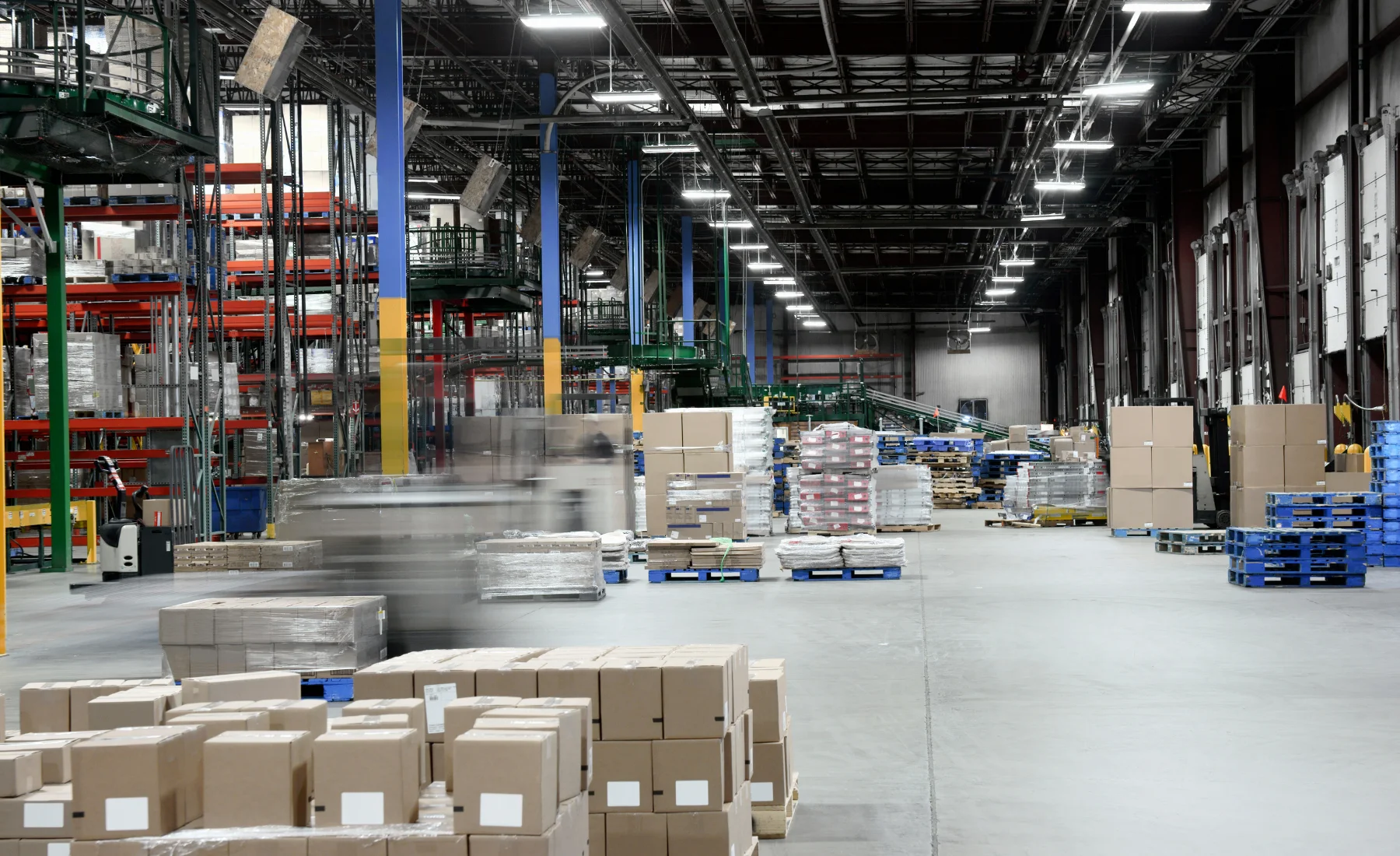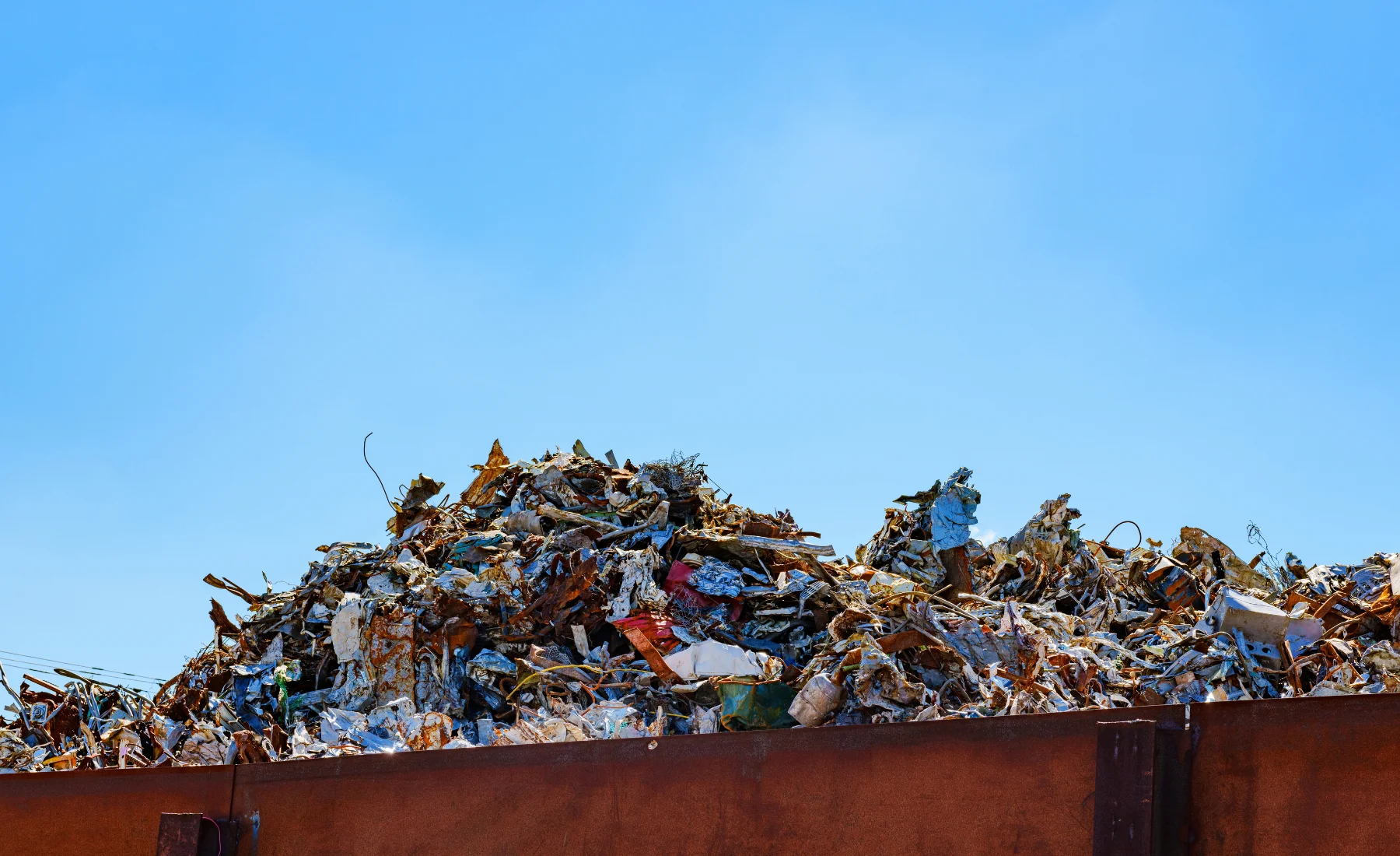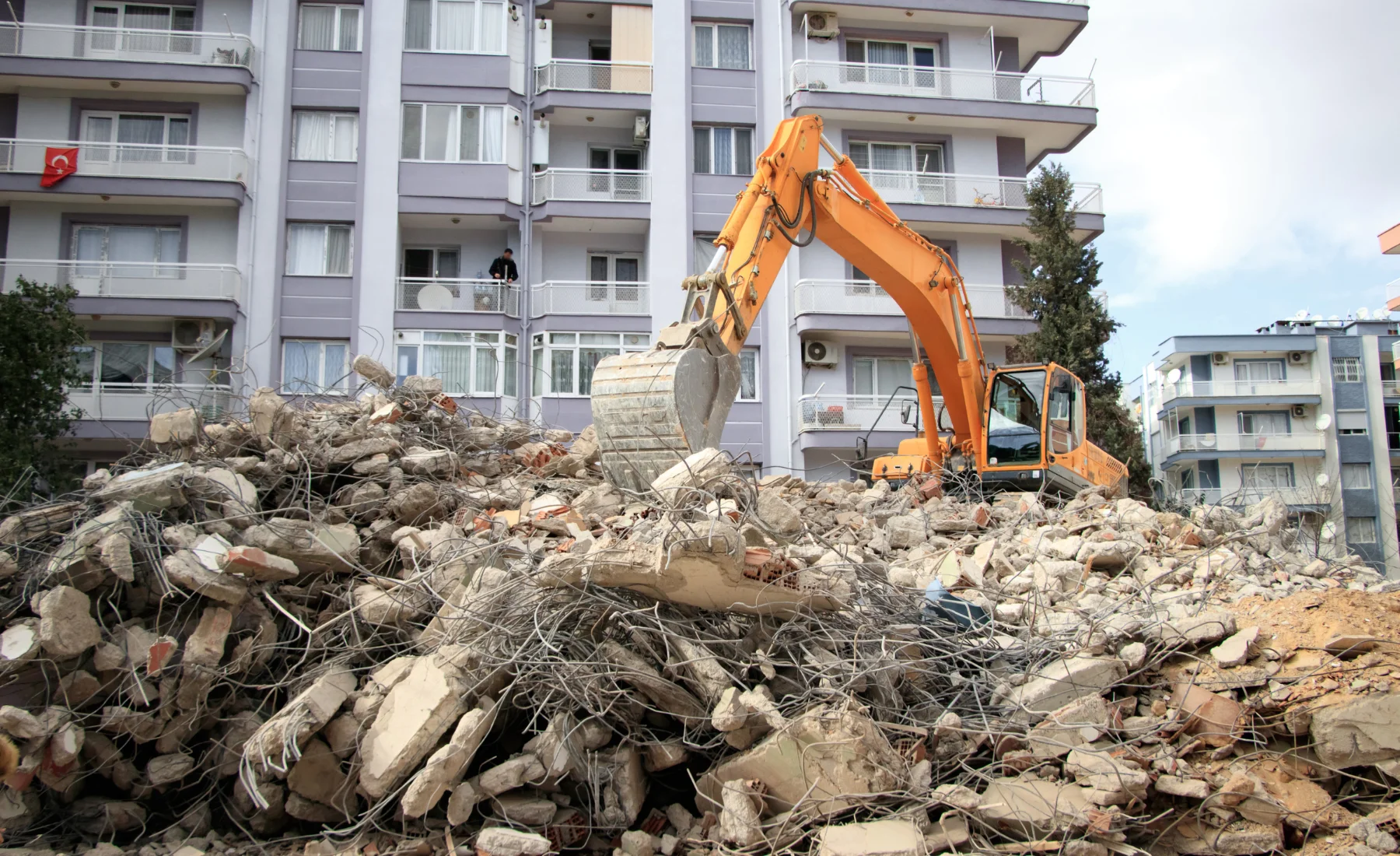Waste management is undergoing a fundamental transformation as businesses shift from the conventional linear economy, based on a model of take, make, and dispose, to circular systems that emphasize resource efficiency and sustainability. In Quebec and around the globe, environmental regulations, customer expectations, and the financial realities of managing increasing waste volumes have made this transition a strategic priority. At BinMasters Québec, we see firsthand both the challenges and the enormous opportunities presented by this system transformation.
Understanding the Linear to Circular Transition: Why It Matters
Traditionally, businesses operated within a linear waste management paradigm, raw materials were extracted, converted into products, used, and disposed of in landfills or incinerators. This model is increasingly unsustainable due to rising disposal costs, shrinking landfill space, and environmental mandates. The transition to a circular system involves keeping materials and resources in use for as long as possible, extracting maximum value, and then recovering and regenerating products and materials at the end of their service life.
- Linear System: Take → Make → Dispose
- Circular System: Make → Use → Reuse / Remanufacture / Recycle
For Quebec businesses responsible for operational efficiency and sustainability, this shift is about future-proofing operations, satisfying stakeholder demands, and reducing costs in an increasingly circular economy.
The Evolution of Waste Management: Moving Beyond the Bin
Waste management evolutions are not just about recycling more, but about redesigning entire systems to minimize waste in the first place. The journey involves:
- Redesigning processes to eliminate waste at the source (think modular, repairable products).
- Maximizing resource recovery through sorting, compacting, and directing materials to their highest value use.
- Cultivating partnerships where by-products become inputs for other processes.
In practice, businesses must take a strategic approach, mapping material flows, analyzing waste streams, and implementing circular solutions, both big and small, that make a tangible difference.
Migrating from Linear to Circular: A Strategic Waste System Transformation Guide
Transitioning your organization to a circular waste system is a multi-phase process, customized to your sector and operation size. Here’s a strategic guide, crafted from our experience supporting Quebec’s manufacturers, construction companies, retailers, and logistics sites:
Step 1: Waste Audit & Material Mapping
Begin with a comprehensive waste audit. Identify what’s in your bins: compost, construction debris, metals, cardboard, wood, and other recyclables. Track the frequency of hauls and map disposal routes. This foundation helps pinpoint major opportunities for reduction and diversion.
- Which streams dominate your waste?
- What is the actual utilization rate of your containers before pickup?
- How much are you paying for space you’re essentially throwing away?
Step 2: Tackle Low-Hanging Fruit – Volume Reduction
One of the most practical and overlooked strategies for system transformation is reducing the volume of waste in your containers. Why is this so impactful.
- Most commercial and construction containers are collected well before they’re full, often 30-50% empty, due to poor packing or bulky materials.
- Every unnecessary trip increases costs and emissions, the opposite of circular efficiency.
That’s where mobile waste compaction services like BinMasters Québec become game-changing. Our fleet can visit your site, safely compacting up to 70% of the volume from bins containing everything from wood and construction debris to recycling and organics. In many cases, this enables businesses to immediately:
- Halve the number of waste pickups (and related costs)
- Delay landfill disposal by better utilizing container space
- Reduce the risk of contamination, compacted waste is contained and less likely to spill out
- Cut greenhouse gas emissions by reducing truck traffic
Step 3: Separate, Sort, and Educate
No circular system can function if all materials are mixed together. Once you’ve optimized volume, implement processes to segregate high-value materials at the source. Invest in clear signage, employee training, and regular feedback loops to reinforce best practices. A combination of technology (smart sensors to alert on bin fullness, or sorting tools) and human involvement yields the best results.
Step 4: Build Closed-Loop Partnerships
Now is the time to reach beyond your site boundaries. Partner with local recyclers, composters, and secondary manufacturers who can transform your “waste” into inputs for new products or energy. Municipalities in Quebec, for example, leverage mobile compaction to reduce transportation emissions and free up eco-center space, before connecting with specialized reprocessing facilities.
- Identify who can use your byproducts. Can your cardboard go to a local mill, or your metals to a remanufacturer?
- Negotiate take-back arrangements and closed-loop logistics.
Step 5: Measure, Report, and Refine
Apply metrics that reflect your new circular reality:
- Percentage reduction in container hauls
- Annual volume and cost savings
- GHG emissions avoided
- Material diversion rates by stream (compost, recycling, construction debris, etc.)
Communicate results internally and externally. Celebrate milestones, and make continuous improvement part of your culture.
Practical Technologies Facilitating the Circular Shift
Technology does not have to be complex or disruptive to add real value. Mobile waste compaction exemplifies how practical, on-the-ground action can keep your site agile while supporting system transformation:
- On-demand or scheduled compaction: Flex with your project cycles, peak seasons, or special events, without the need for long-term equipment investments.
- No requirement to change facilities: BinMasters’ truck-mounted compactors operate on-site, typically completing jobs within 10 minutes, with no disruption to your employees or risk to bin integrity.
- Data-driven insights: Track cost, volume, and frequency savings over time with our transparent reporting. This enhanced visibility supports your sustainability reporting and continuous improvement goals.
This is how a simple operational tweak contributes directly to big-picture system change, making your transition from linear to circular efficient and cost-effective.
The Circular Waste Management Advantage: Beyond Compliance
While regulatory compliance is a motivator, most Quebec businesses discover that circular waste strategies yield direct, measurable returns.
- Immediate cost control: Lower overall collection, transport, and landfill fees, often saving thousands per year for medium-sized sites.
- Operational resilience: Less dependence on external haulers and volatile landfill rates.
- ESG leadership: Stronger positioning with stakeholders, investors, and regulators as a leader in sustainable materials management.
- Safer and tidier sites: Less waste overflow and reduced occupational hazards associated with container spillage and repeat truck visits.
With over 100,000 compactions completed, our team at BinMasters Québec knows that success doesn’t come from chasing circular buzzwords, it comes from practical, data-backed improvements, rolled out site by site.
Getting Started: Your Roadmap to a Circular, Sustainable Operation
Here’s how Quebec businesses can make real headway toward a circular waste future, no matter their size:
- Conduct a waste audit and calculate current collection costs, use our savings calculator to quantify your baseline.
- Book a free, no-obligation first compaction to see the immediate impact of waste volume reduction.
- Analyze your bin data to find opportunities for fewer pickups, more separation, and smarter partnerships.
- Involve staff from the ground up; their feedback is gold for operational improvements.
- Scale up your efforts, implement new recycling or take-back partnerships as savings accrue.
Conclusion: Circularity, Practically Applied
The shift from linear to circular thinking in waste management is not a theoretical exercise, it’s being rolled out every day on job sites, warehouses, retail locations, and municipal eco-centers across Quebec. By seizing practical solutions like on-site mobile compaction and by staying focused on measurable progress, all organizations can drive true system transformation.
Not only does this approach bolster operational sustainability and efficiency, but it also puts Quebec businesses in the driver’s seat for waste management evolution, helping all of us move toward a cleaner, more resilient, and cost-effective future. Ready to join the circular transition? Schedule your first compaction with BinMasters Québec and see the difference for yourself.
.svg)






